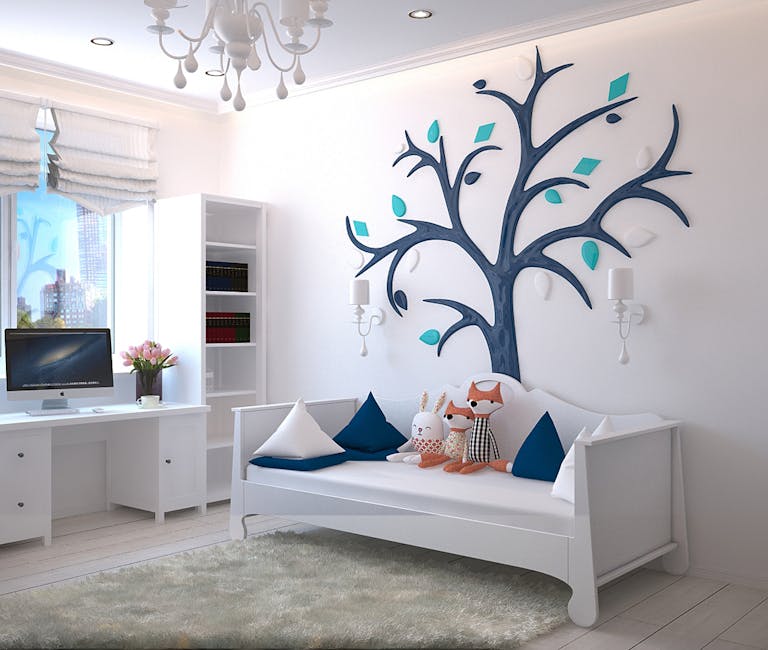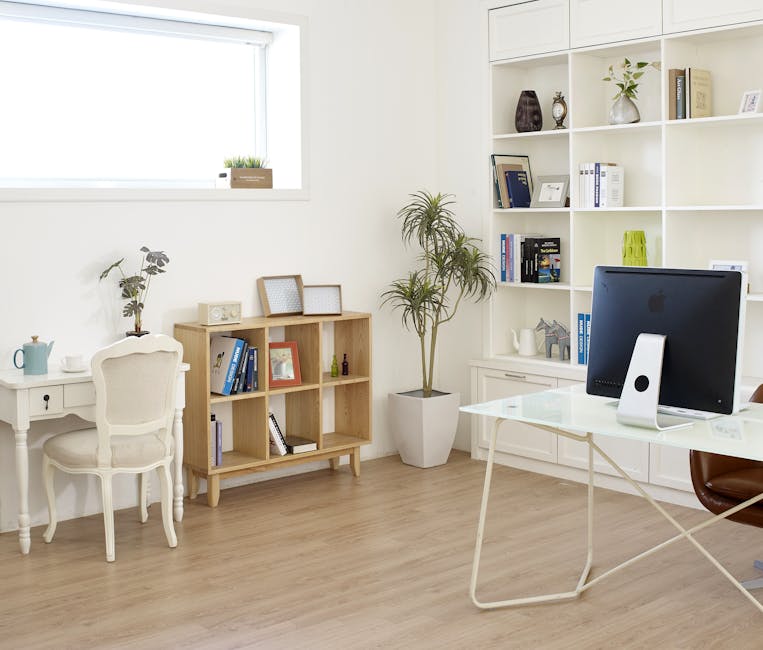Baby Cribs: Safety Tips for Peace of Mind
When it comes to setting up a nursery for your little one, safety should always be a top priority. Nursery furniture, including baby cribs, highchairs, children’s furniture, and kids’ beds, play a crucial role in creating a safe and comfortable environment for your baby. Among these items, baby cribs are perhaps the most important, as they are where your baby will spend a significant amount of time sleeping and playing during the early months and years of their life. To ensure your baby’s safety and your peace of mind, here are some essential safety tips to keep in mind when it comes to baby cribs.
Choose a Safe and Sturdy Baby Crib
When selecting a baby crib, it is crucial to choose one that meets current safety standards. Look for baby cribs that are certified by organizations such as the Juvenile Products Manufacturers Association (JPMA) or the Consumer Product Safety Commission (CPSC). These certifications ensure that the crib has undergone rigorous testing to ensure its safety and durability. Additionally, opt for a crib with fixed sides rather than drop sides, as drop-side cribs have been banned due to safety concerns. Ensure that the crib is sturdy and free from any sharp edges or protruding hardware that could pose a risk to your baby.
Ensure Proper Assembly and Placement
Proper assembly of the baby crib is essential to ensure its stability and safety. Follow the manufacturer’s instructions carefully and double-check that all parts are securely fastened. Make sure that the mattress fits snugly in the crib with no gaps between the mattress and the sides of the crib. The crib should be placed away from windows, curtains, cords, and other potential hazards to prevent accidents. Avoid placing any soft bedding, toys, or pillows in the crib, as these can pose a suffocation risk to your baby.
Monitor the Mattress Height
As your baby grows and becomes more mobile, it is essential to adjust the mattress height in the crib accordingly. Lower the mattress to the lowest setting once your baby can sit up or pull themselves up to prevent them from climbing out of the crib. This will help prevent falls and injuries. Additionally, ensure that the mattress is firm and fits snugly in the crib to reduce the risk of suffocation or entrapment.
Regularly Check for Wear and Tear
Inspect the baby crib regularly for any signs of wear and tear, such as loose or missing hardware, cracked or splintered wood, or damaged slats. Ensure that all screws and bolts are tight and secure, and replace any missing or damaged parts immediately. Keep an eye out for any sharp edges or corners that could potentially harm your baby. If you notice any issues with the crib, discontinue use immediately and contact the manufacturer for repairs or replacements.
Follow Safe Sleeping Practices
In addition to ensuring the safety of the baby crib itself, it is essential to follow safe sleeping practices to reduce the risk of Sudden Infant Death Syndrome (SIDS). Place your baby on their back to sleep, on a firm mattress with a fitted sheet. Avoid using loose bedding, soft pillows, stuffed animals, or crib bumpers, as these can pose a suffocation risk. Keep the room at a comfortable temperature and dress your baby in light sleep clothing to prevent overheating. Avoid using sleep positioners or other devices that claim to reduce the risk of SIDS, as these have not been proven to be effective and can pose a safety hazard.
In conclusion, ensuring the safety of your baby crib is essential for your baby’s well-being and your peace of mind. By choosing a safe and sturdy crib, properly assembling and placing it, monitoring the mattress height, checking for wear and tear, and following safe sleeping practices, you can create a safe and comfortable environment for your little one to rest and play. Remember, your baby’s safety is always the top priority when it comes to nursery furniture, so take the time to implement these safety tips for peace of mind.


